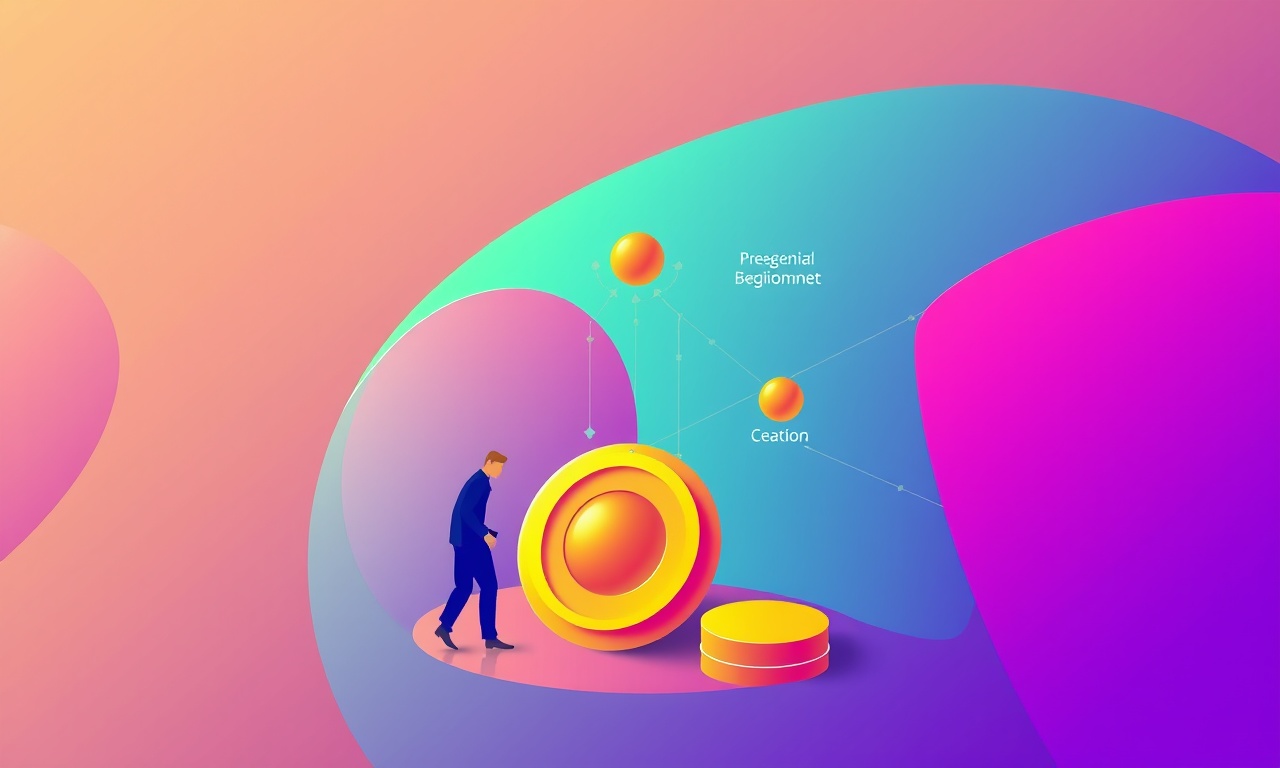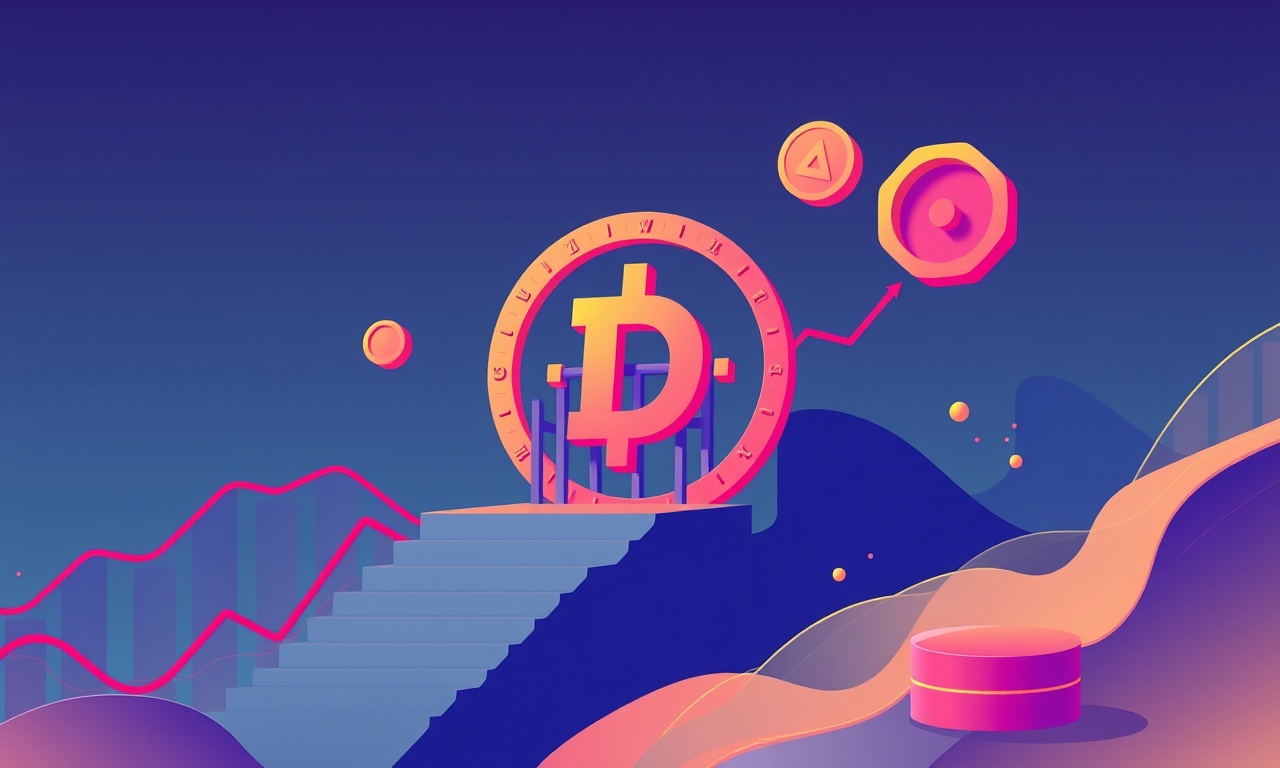Agent Driven Evaluation of DeFi Governance Incentives

Introduction
Agent‑driven evaluation has grown into a sophisticated ecosystem where governance decisions are encoded in smart contracts and carried out by token holders. The incentives that drive these decisions are often designed through tokenomics models, but the actual behavior of participants can differ dramatically from theoretical predictions. By building an agent‑based model (ABM) that incorporates the full spectrum of DeFi participants—proposers, voters, stakers, liquidity providers, and even malicious actors—we can assess whether incentive structures produce the intended outcomes, uncover hidden vulnerabilities, and suggest improvements before a protocol is launched or upgraded.
Why Traditional Analysis Falls Short
Conventional economic modeling in DeFi typically relies on closed‑form equations or equilibrium analysis. These approaches assume homogeneous agents, perfect information, and static preferences. However, real DeFi communities are heterogeneous, exhibit network effects, and are subject to evolving information cascades. Moreover, many governance mechanisms are implemented through on‑chain code that creates complex state transitions, making analytical tractability challenging. Agent‑based simulations can capture:
- The diversity of agent types and strategies
- Temporal dynamics of participation (e.g., vote fatigue, momentum)
- Emergent phenomena such as collusion or governance spam
- The impact of stochastic events (price shocks, network delays)
Core Components of an Agent‑Based Governance Model
-
Agent Archetypes
- Passive Token Holders: Hold tokens but rarely vote.
- Active Voters: Engage in proposals, possibly aligning with a slashing risk tolerance.
- Stakers: Lock tokens for protocol security and receive rewards.
- Liquidity Providers: Provide capital to DeFi primitives, sensitive to incentive alignment.
- Malicious Actors: Attempt to subvert governance for personal gain.
-
Decision Rules
Agents evaluate proposals using a utility function that balances expected returns, reputation gains, slashing risk, and alignment with personal objectives. Rules can be deterministic or stochastic, reflecting bounded rationality. -
Incentive Structures
- Proposal Fees: Tokens burned or required as collateral.
- Voting Rewards: Token incentives for participation, often proportional to stake or quorum participation.
- Slashing Mechanisms: Penalties for malicious or non‑participating voters.
- Token Redistribution: Proposals that redistribute fees or rewards among stakeholders.
-
Environment and State
The simulation tracks token balances, locked stakes, proposal queues, network latency, and external market variables such as asset prices or volatility.
Setting Up the Simulation
-
Define the Protocol Parameters
Gather on‑chain data: voting threshold, proposal lifetime, reward rates, slashing ratios, and token supply. -
Populate the Agent Population
Use a distribution (e.g., Pareto) to assign token holdings to agents. Assign behavioral parameters (risk aversion, activity level) based on empirical observations or assumptions. -
Implement the Decision Engine
Translate utility calculations into code, ensuring that agents update beliefs based on observed votes and outcomes. -
Run the Simulation
Execute multiple epochs, each representing a governance cycle. Track metrics such as voter turnout, proposal success rate, average slashing cost, and token concentration. -
Analyze the Results
Compare simulated outcomes against real‑world benchmarks or theoretical expectations. Identify deviations that signal incentive misalignment or systemic risk.

Metrics for Evaluating Incentives
| Metric | What it Measures | Why It Matters |
|---|---|---|
| Voter Turnout | Proportion of eligible tokens that participate | High turnout indicates robust engagement |
| Proposal Success Rate | Frequency of accepted proposals | Reflects the efficiency of decision making |
| Slashing Frequency | Incidence of penalized votes | Signals potential vulnerability to malicious attacks |
| Token Concentration | Distribution of holdings post‑governance | High concentration may undermine decentralization |
| Governance Spam | Volume of frivolous or low‑impact proposals | Excess spam can clog the system |
| Time to Decision | Duration from proposal submission to outcome | Shorter times reduce uncertainty and slippage |
Case Study: Simulating Uniswap V3 Governance
Uniswap V3 introduced a complex fee structure and liquidity incentives. Its governance model includes proposal fees, a slashing mechanism for bad actors, and rewards for liquidity providers. Using an ABM, we defined 10,000 agents with token holdings drawn from a power‑law distribution. Agents evaluated proposals using a utility that weighed fee changes against slashing risk.
Key findings:
- Voter turnout fell below the 20% threshold needed for quorum after the first 50 proposals, suggesting that the current reward levels are insufficient to motivate widespread participation.
- Token concentration increased by 15% in the top 5% of holders after a proposal that redistributed a large portion of the fee pool to active liquidity providers.
- Governance spam rose sharply when the proposal fee was set too low, creating a cost‑effective path for malicious actors to flood the system.
These insights guided a redesign of the proposal fee schedule and the introduction of a minimum token holding requirement for voting rights. After implementing the changes, subsequent simulations showed a 35% increase in voter turnout and a 10% reduction in token concentration.

Calibration and Validation
To ensure that simulations reflect reality:
- Back‑testing against historical governance data (e.g., DAO governance logs) helps calibrate agent preferences.
- Sensitivity analysis identifies which parameters most influence outcomes, highlighting where precise data is critical.
- Cross‑validation with alternative modeling approaches (e.g., agent‑based versus game‑theoretic) increases confidence in findings.
Limitations of Agent‑Based Governance Evaluation
- Data Availability – Accurate modeling of agent preferences requires granular data that may be proprietary or incomplete.
- Computational Complexity – Large populations or highly detailed state transitions can lead to significant simulation times.
- Uncertainty in Human Behavior – Agents may behave irrationally or be influenced by social dynamics not captured by simple utility functions.
- External Shocks – Market events, regulatory changes, or protocol hacks can abruptly alter incentive structures, making predictions less reliable.
Best Practices for Implementing ABM in DeFi
- Start Small: Begin with a simplified model, gradually adding complexity.
- Iterative Development: Validate each new feature against known outcomes.
- Transparent Assumptions: Document every assumption so that stakeholders can assess validity.
- Community Feedback: Share simulation results with the protocol community to gather real‑world insights.
- Open‑Source Code: Encourage peer review and replication of results.
Conclusion
Agent‑driven evaluation provides a powerful lens through which to scrutinize DeFi governance incentives. By simulating diverse participant behaviors and tracking a suite of performance metrics, protocol designers can identify misalignments, anticipate emergent risks, and iterate on incentive mechanisms before they face the full complexity of a live ecosystem. As DeFi continues to mature, incorporating agent‑based analysis into the governance design pipeline will become essential for building resilient, inclusive, and economically sound protocols.
.png)
Lucas Tanaka
Lucas is a data-driven DeFi analyst focused on algorithmic trading and smart contract automation. His background in quantitative finance helps him bridge complex crypto mechanics with practical insights for builders, investors, and enthusiasts alike.
Random Posts

Incentive Modeling to Amplify Yield Across DeFi Ecosystems
Discover how smart incentive models boost DeFi yields while grounding gains in real risk management, turning high APYs into sustainable profits.
4 weeks ago

Risk Adjusted Treasury Strategies for Emerging DeFi Ecosystems
Discover how to build a resilient DeFi treasury by balancing yield, smart contract risk, governance, and regulation. Learn practical tools, math, and a real world case study to safeguard growth.
3 weeks ago

Advanced DeFi Project Insights: Understanding MEV, Protocol Integration, and Liquidation Bot Mechanics
Explore how MEV drives profits, how protocols interlink, and the secrets of liquidation bots, essential insights for developers, traders, and investors in DeFi.
4 months ago

Building a DeFi Library with Core Concepts and Protocol Vocabulary
Learn how to build a reusable DeFi library: master core concepts, essential protocol terms, real versus inflationary yield, and step by step design for any lending or composable app.
6 months ago

Decoding DeFi Foundations How Yield Incentives And Fee Models Interlock
Explore how DeFi yields from lending to staking are powered by fee models that interlock like gears, keeping users engaged and the ecosystem sustainable.
6 months ago
Latest Posts

Foundations Of DeFi Core Primitives And Governance Models
Smart contracts are DeFi’s nervous system: deterministic, immutable, transparent. Governance models let protocols evolve autonomously without central authority.
2 days ago

Deep Dive Into L2 Scaling For DeFi And The Cost Of ZK Rollup Proof Generation
Learn how Layer-2, especially ZK rollups, boosts DeFi with faster, cheaper transactions and uncovering the real cost of generating zk proofs.
2 days ago

Managing Debt Ceilings and Stability Fees Explained
Debt ceilings cap synthetic coin supply, keeping collateral above debt. Dynamic limits via governance and risk metrics protect lenders, token holders, and system stability.
3 days ago
